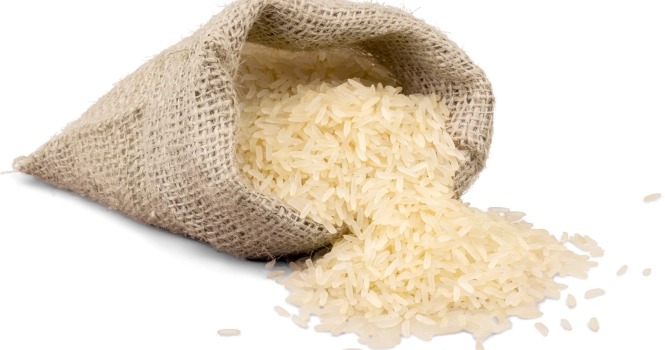The Difference Between Red Meat and White Meat Explained

The distinction between red meat and white meat is an important consideration in nutrition, culinary practices, and dietary choices.
Understanding the differences can help individuals make informed decisions based on health, ethical, and environmental considerations.
Definitions and Examples
Red Meat: Typically refers to meat that is red when raw and does not turn white when cooked.
Common examples include beef, lamb, venison, and pork (although pork is often marketed as “the other white meat” due to its lighter color post-cooking, it is classified as red meat based on its myoglobin content and nutritional profile).
White Meat: Generally includes meats that are white in color both before and after cooking.
Poultry (such as chicken and turkey) and fish are the most common examples of white meat.
Nutritional Differences
1. Protein Content: Both red and white meats are excellent sources of high-quality protein, essential for muscle building and repair, although the specific amino acid profiles can vary slightly.
2. Fat Content: Red meats tend to have higher levels of saturated fats and cholesterol compared to white meats, particularly lean cuts of poultry and fish. The higher saturated fat content in red meat is often linked to increased risks of cardiovascular diseases when consumed in excess.
3. Iron Content: Red meat is a significant source of heme iron, which is more easily absorbed by the body compared to the non-heme iron found in plant foods and white meat. This makes red meat beneficial for individuals at risk of anemia.
4. Myoglobin Levels: Myoglobin, a protein found in muscle cells, is more abundant in red meats and is responsible for their darker color. It has a higher oxygen-binding capacity, which is why red meats are typically richer and more flavorful.
5. Omega-3 Fatty Acids: Certain types of white meat, particularly fatty fish like salmon and mackerel, are rich in omega-3 fatty acids, which are known for their anti-inflammatory properties and cardiovascular benefits.
Health Implications
- Cardiovascular Health: Due to the lower saturated fat content, white meat is often recommended over red meat for individuals concerned about heart health.
- Cancer Risk: Some studies have linked high consumption of red and processed meats to an increased risk of certain types of cancer, particularly colorectal cancer. This has led to recommendations to limit red meat intake and opt for leaner, less processed options.
- Weight Management: Lean cuts of white meat are often recommended for weight management due to their lower fat content and caloric density.
Environmental and Ethical Considerations
- Environmental Impact: The production of red meat, especially beef, is generally associated with higher greenhouse gas emissions, water usage, and land use compared to poultry and fish, raising concerns about sustainability and environmental impact.
- Ethical Concerns: Ethical considerations, including animal welfare and the conditions under which animals are raised, can also influence the choice between red and white meat. Free-range, organic, and sustainably sourced options are increasingly sought by consumers mindful of these issues.
Culinary Uses
Flavor and Texture: Red meat is often prized for its rich flavor and tender texture, making it popular in roasts, steaks, and stews.
White meat, particularly poultry, is versatile and can be used in a wide range of dishes, from grilling to baking. Fish, with its delicate texture, is suitable for quick cooking methods like grilling, poaching, and baking.
Cultural Preferences: Culinary traditions and cultural practices also play a significant role in the preference for red or white meat, with some cuisines favoring one over the other for historical, religious, or flavor profile reasons.












